All About Early Orthodontics
Is your child a candidate to start orthodontic treatment early?

What is Early Orthodontic Treatment?
For the most part, orthodontic treatment isn't started until the patient is around age 12, when all of their permanent teeth have come in and they have nearly (if not completely) developed their permanent jaw structure.
Though it is common for baby teeth to have irregular positioning, which may not affect how permanent teeth grow in; there are some cases where the severity of a child's tooth or jaw positioning and/or crowding can be predictive as to how their permanent teeth will grow in. That is an indication that early (limited) orthodontic treatment could be beneficial.
If you believe your child might be a candidate for early orthodontics, the American Association of Orthodontics recommends having the first orthodontic check-up no later than age 7. At this age, the child's jaw will still be developing and they should have a mixed dentition (both primary and permanent teeth), which provides the best opportunity for early orthodontic treatment to prevent or lessen future orthodontic problems.
Throughout adolescence, the child will need to be assessed for other types of care including speech therapy, dental care, orthodontics, hearing treatment, or plastic surgery.
Pros of Early Treatment
- Can help prevent existing bite and jaw problems from progressing
- Improves the child's smile and biting function
- Can sometimes make future phase II orthodontic treatment shorter
Cons of Early Treatment
- Time and cost of additional orthodontic treatment
- No guarantee that additional orthodontic treatment won't be needed when the child is older
Candidacy for Early Treatment
Keeping in mind that early orthodontic treatment is not meant to correct current alignment or spacing issues with primary teeth, but rather prevent these same issues when the permanent teeth come in. There are specific conditions that, when identified young, could benefit from early orthodontics:
- Severe Crowding - Primary teeth that severely overlap due to a small-sized jaw.
- Gapped Teeth - Children with excessively spaced teeth may be candidates for early orthodontic treatment.
- Underbite - When the lower jaw pushes too far forward, allowing the lower teeth to overlap the upper front teeth.
- Open Bite - When the upper and lower front teeth are pushed outward, so that they don't touch when the mouth is closed. Early treatment can often help prevent the need for jaw surgery later in life.
- Jaw Irregularities - Some children's jaws or dental arches are just too small or narrow to accommodate a full set of permanent teeth. Early treatment like palatal expansion can help in the long run.
- Other Discrepancies - Children with extra or missing teeth, severely misaligned teeth, or jaw/tooth issues stemming from thumb sucking or pacifiers may also be good candidates for early treatment.
Younger children experiencing minor crowding or misalignment issues aren't usually candidates for early orthodontic treatment as their jaws haven't finished developing nor have all of their permanent teeth erupted. If these minor issues persist, orthodontic treatment might then be recommended.






